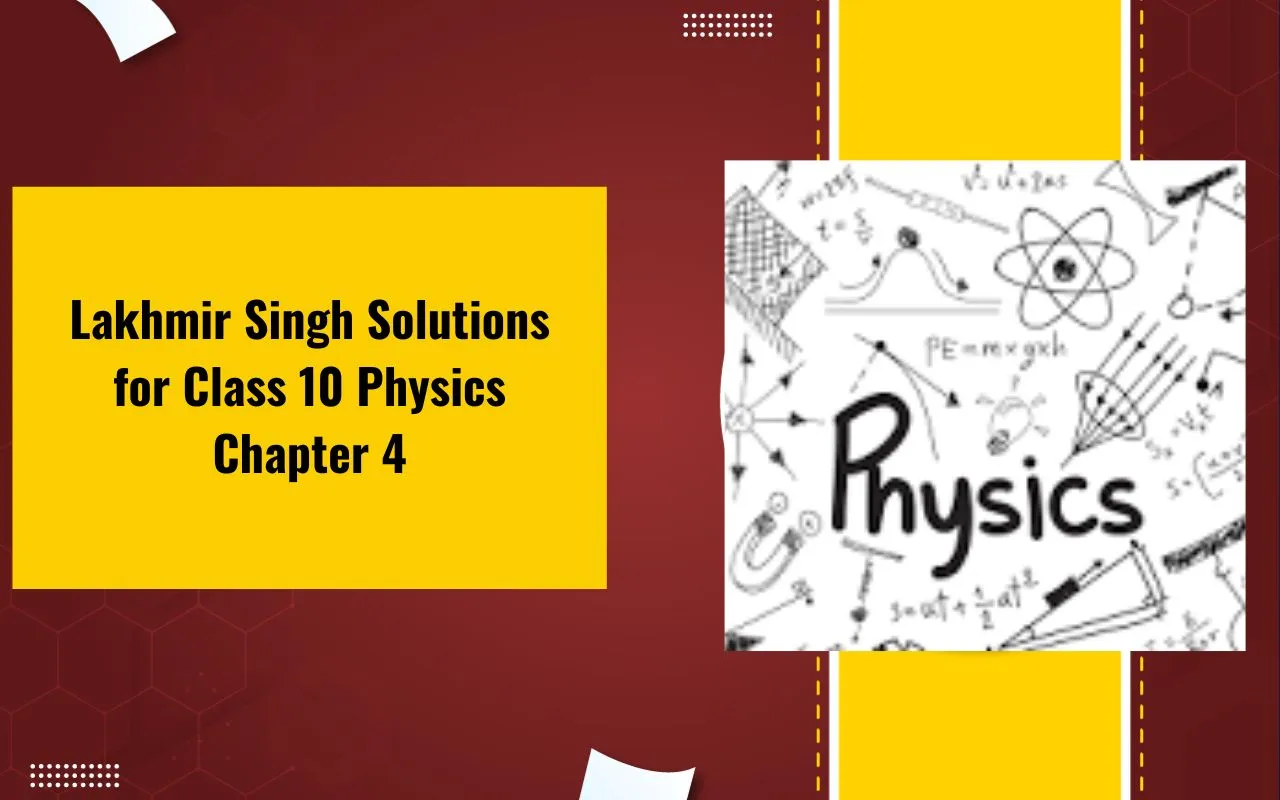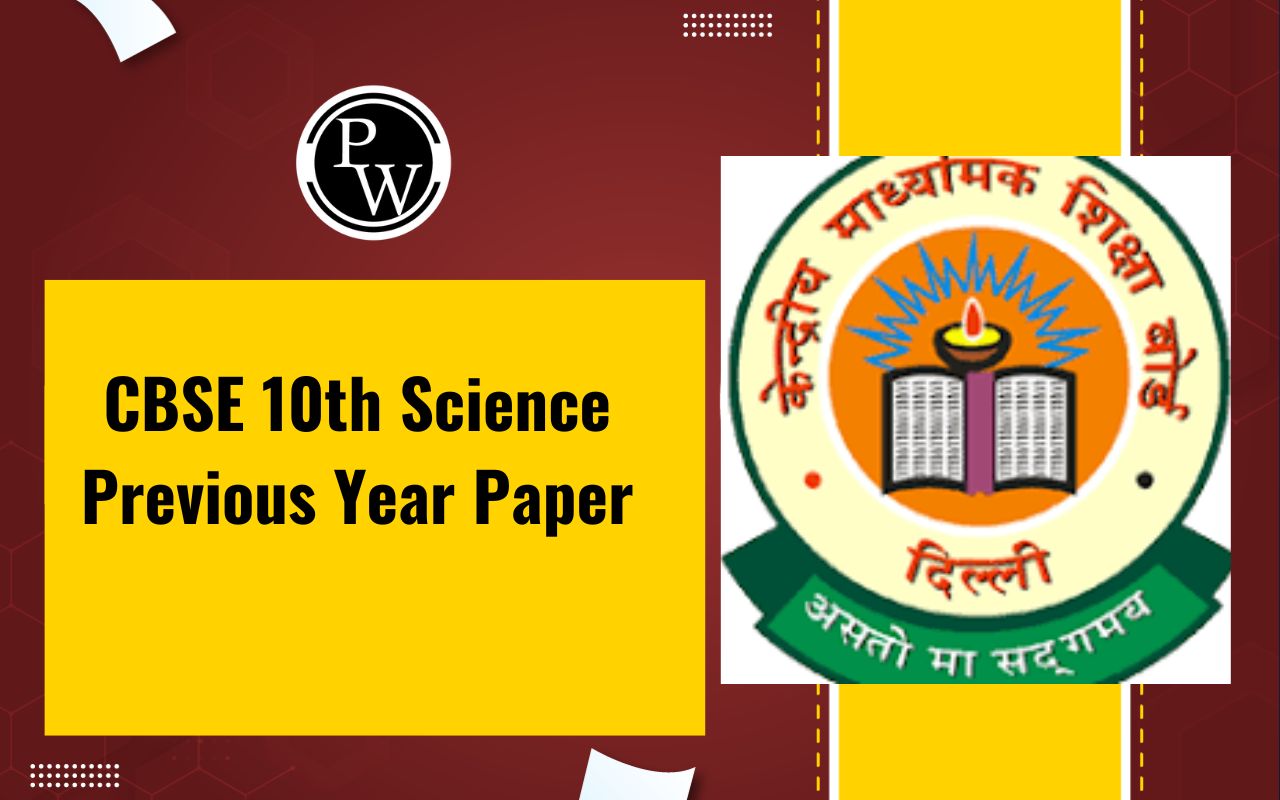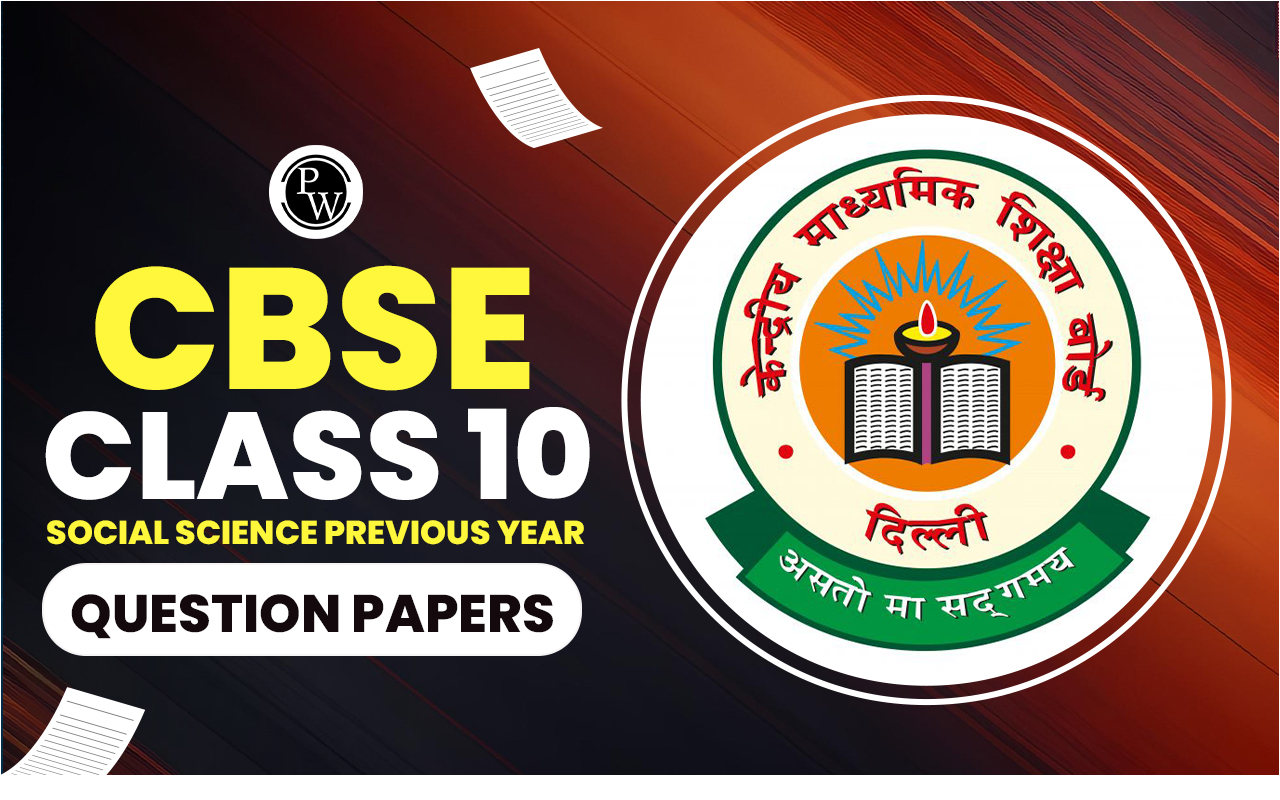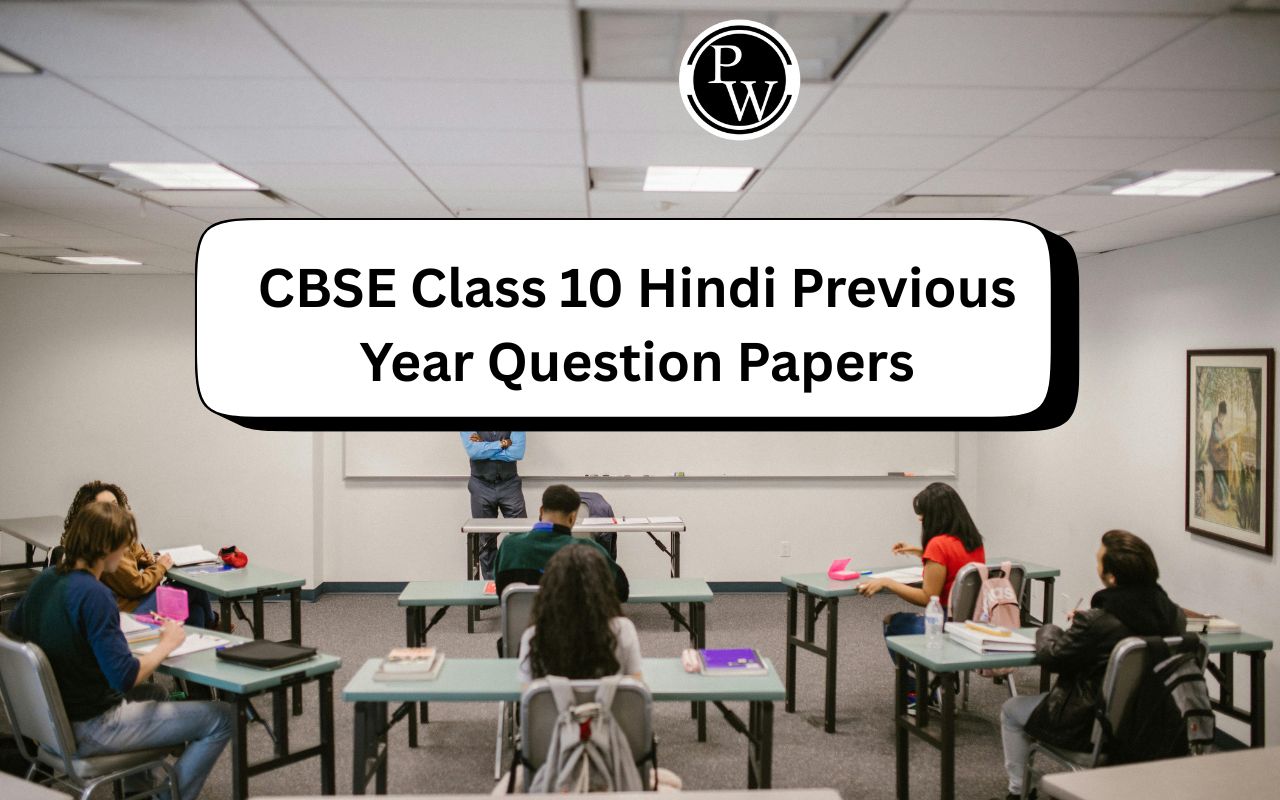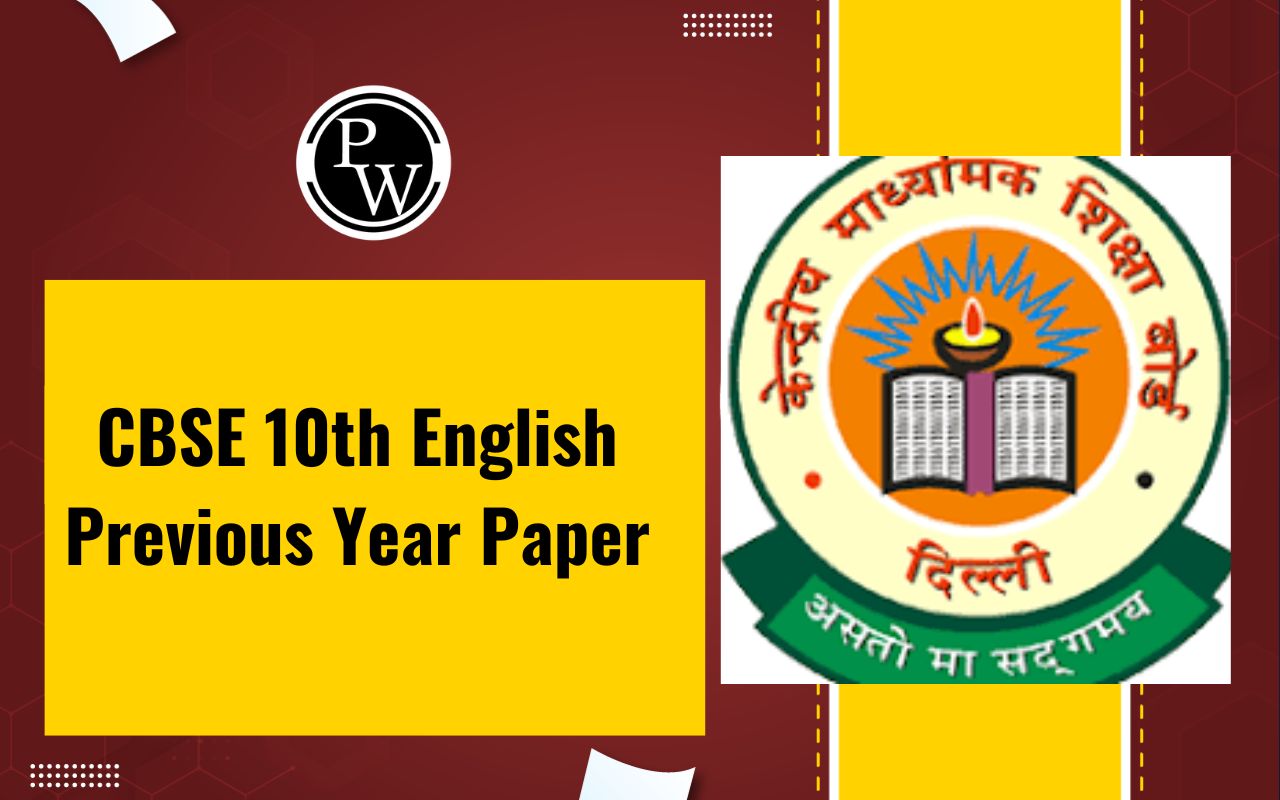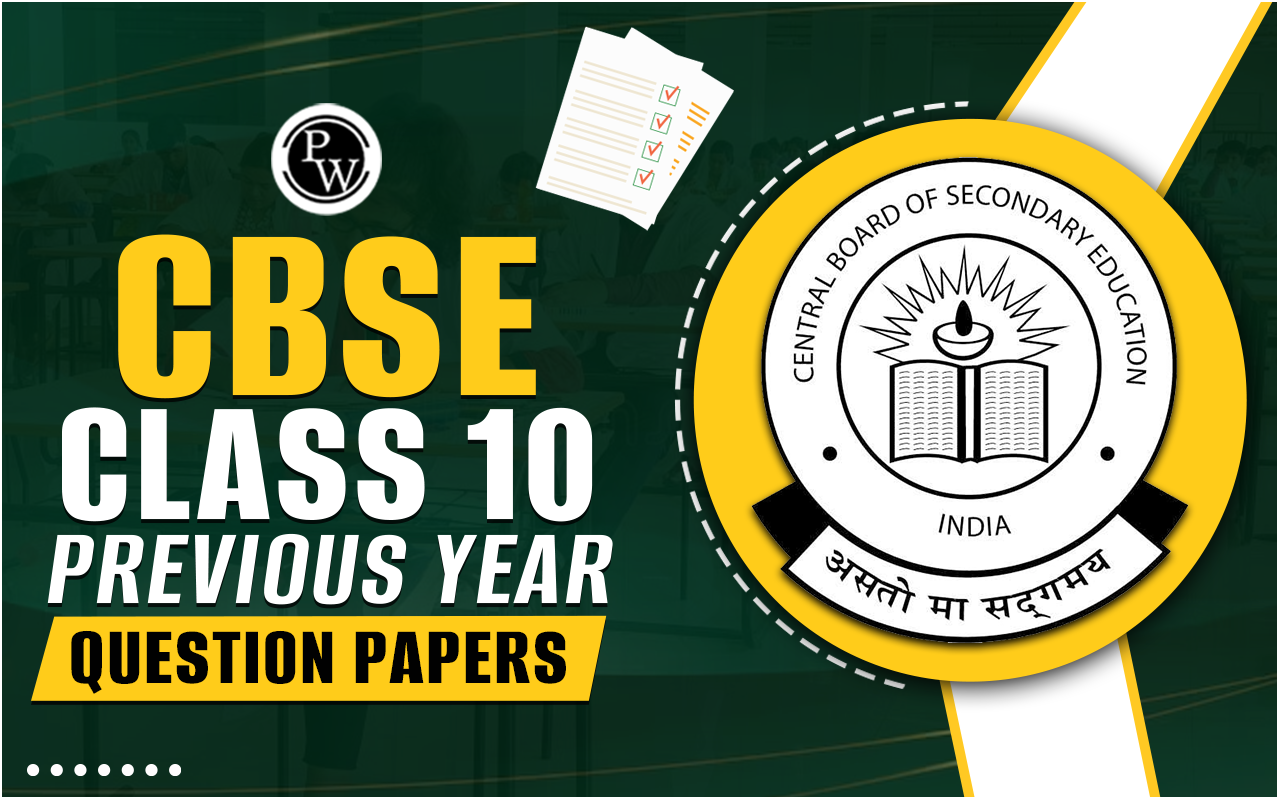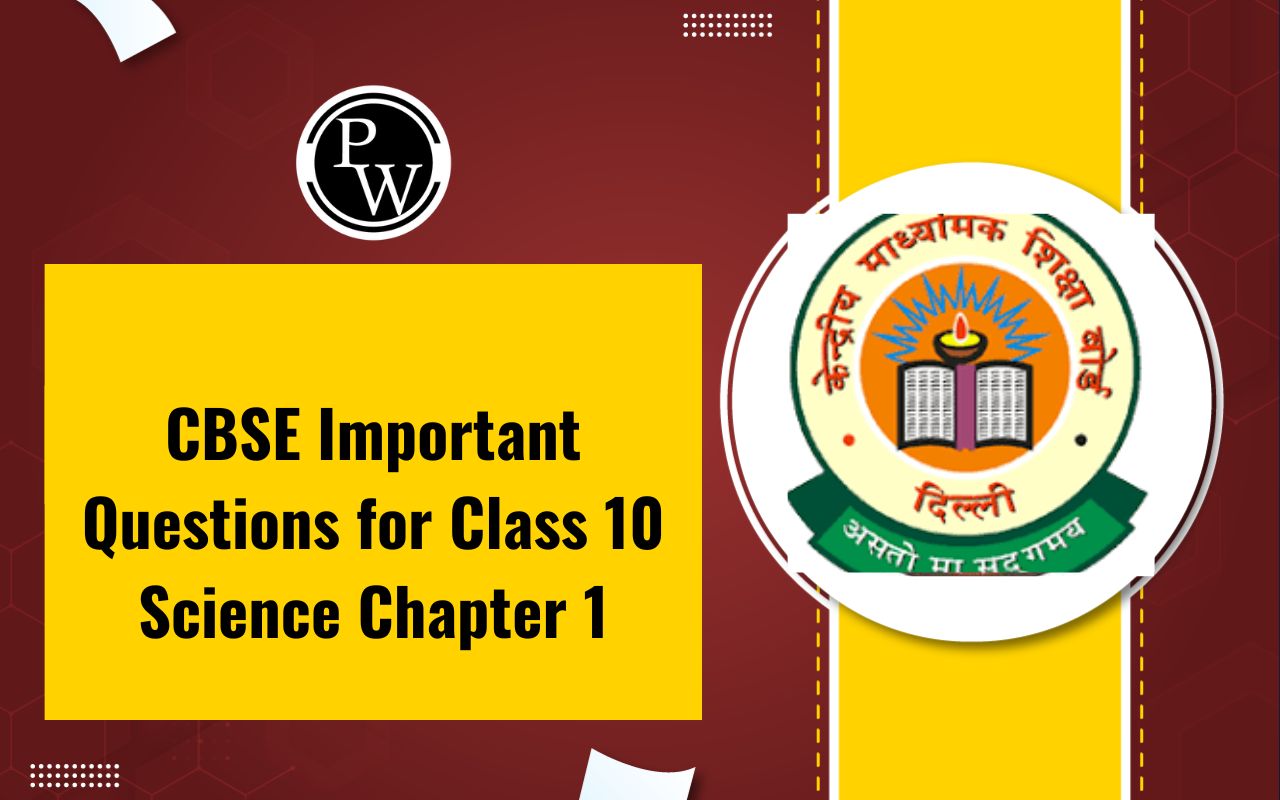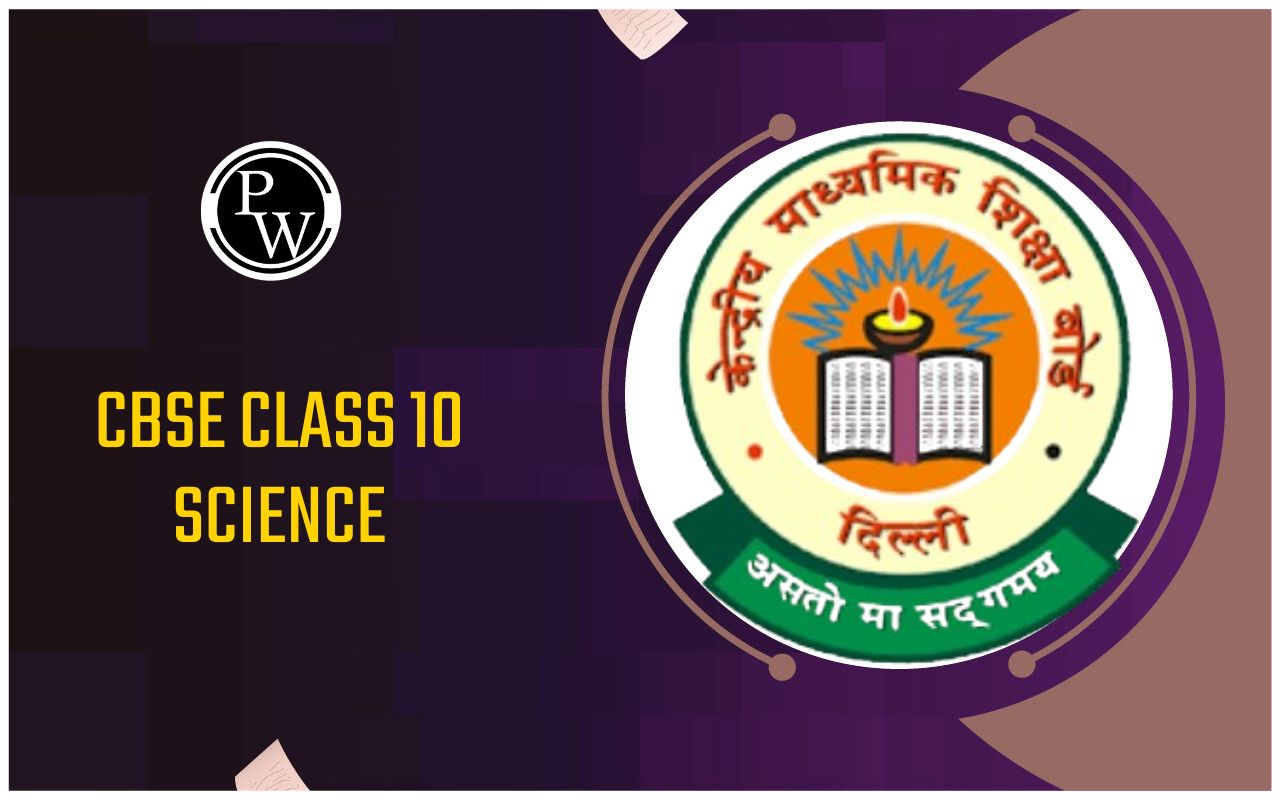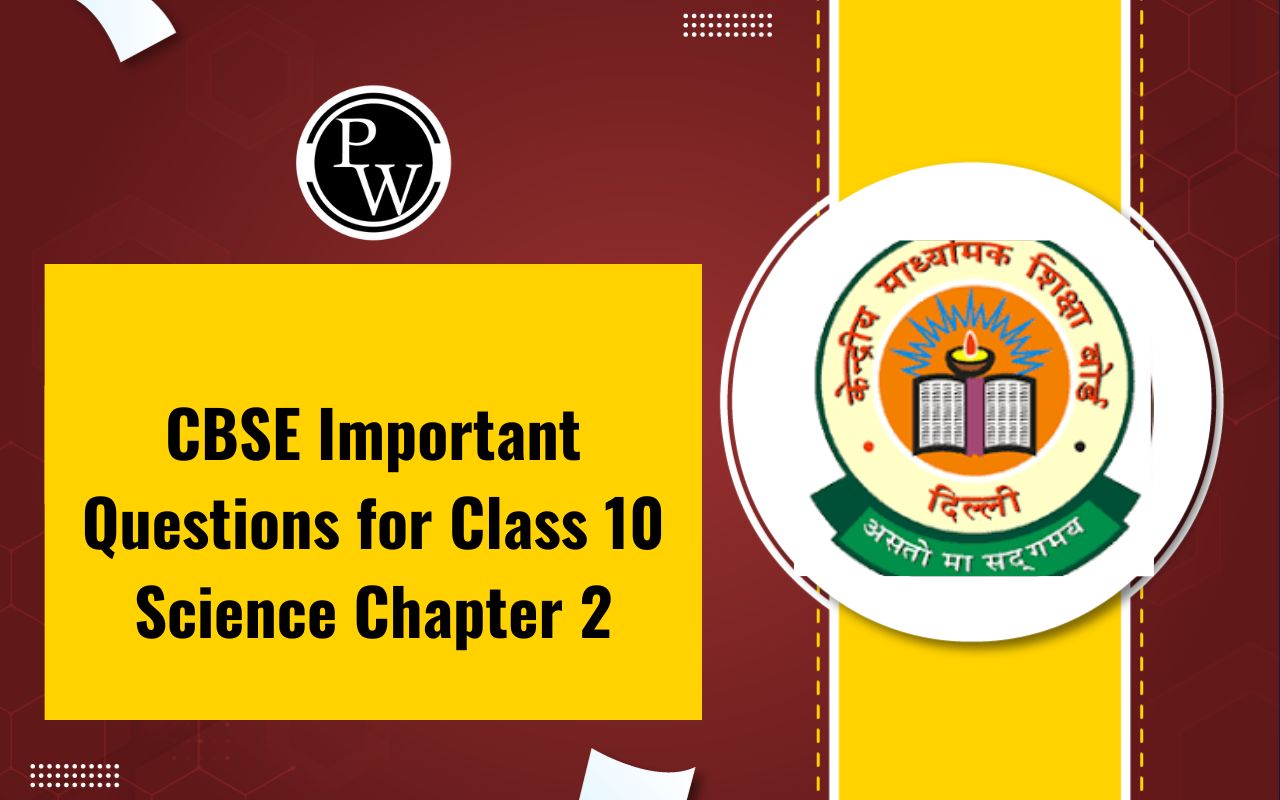
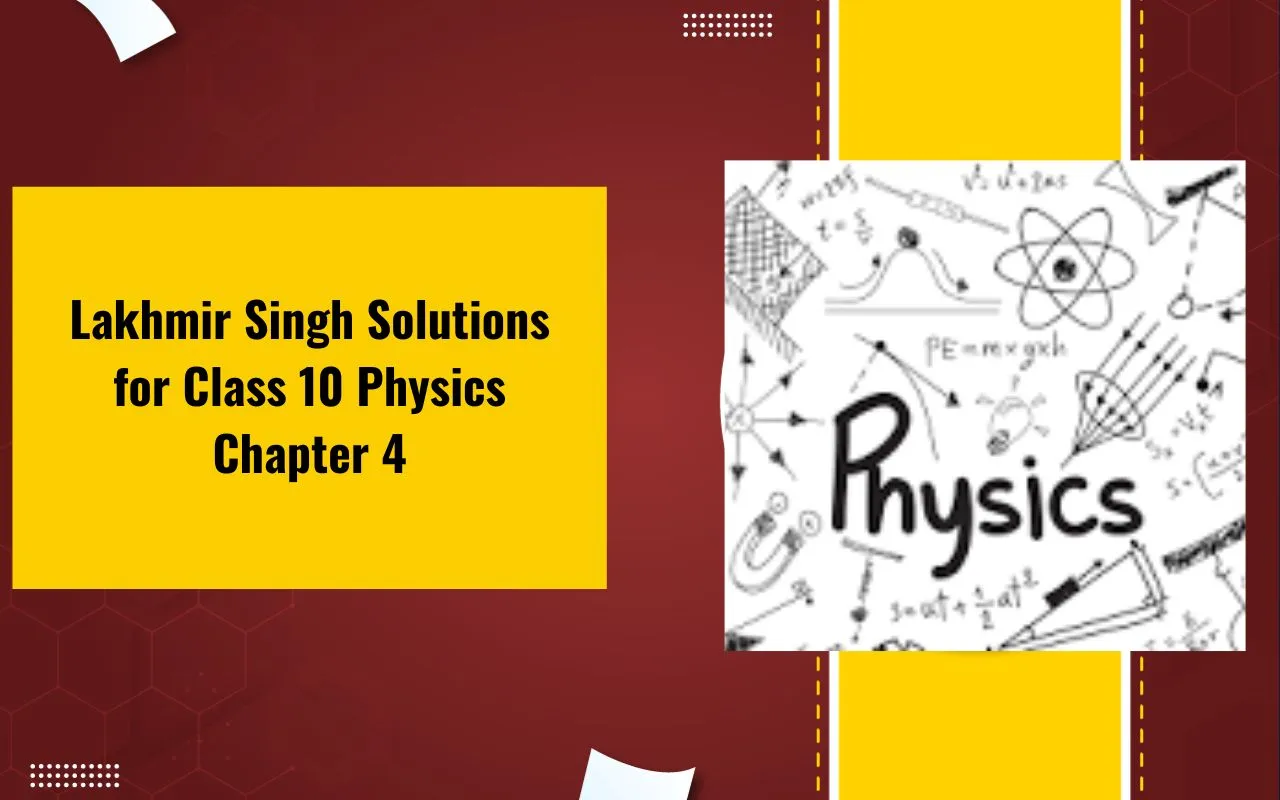
Lakhmir Singh Solutions for Class 10 Physics Chapter 4: Lights play a crucial role in understanding the concepts covered in Lakhmir Singh Solutions Class 10 Physics Chapter 4, Reflection of Light.
This chapter explains the fundamental principles of how light behaves when it strikes various surfaces, focusing on laws of reflection, plane mirrors, spherical mirrors, and their practical applications.With these detailed solutions, students can strengthen their conceptual understanding and effectively prepare for their board exams by mastering the topic of reflection of light.
Lakhmir Singh Solutions for Class 10 Physics Chapter 4 Overview
Chapter 4 of Lakhmir Singh’s Class 10 Physics book, titled “Reflection of Light,” focuses on the fundamental concepts and principles related to the behavior of light when it strikes different surfaces. This chapter is crucial for understanding various optical phenomena and lays the groundwork for topics like refraction and optical instruments.
Key Topics Covered:
-
Introduction to Reflection of Light:
-
Understanding light as a form of energy that travels in a straight line.
-
Basics of reflection – When light hits a surface and bounces back into the same medium.
-
-
Laws of Reflection:
-
The angle of incidence is equal to the angle of reflection.
-
The incident ray, the reflected ray, and the normal to the surface all lie in the same plane.
-
-
Types of Reflection:
-
Regular Reflection: Occurs on smooth surfaces like mirrors, producing clear images.
-
Diffused Reflection: Occurs on rough surfaces, resulting in scattered and unclear images.
-
-
Plane Mirrors:
-
Characteristics of images formed by plane mirrors (virtual, erect, same size as the object, laterally inverted).
-
Uses of plane mirrors in daily life.
-
-
Spherical Mirrors:
-
Introduction to concave and convex mirrors.
-
Terms related to spherical mirrors: Pole, Focus, Principal Axis, Radius of Curvature, and Focal Length.
-
Mirror Formula and Magnification for concave and convex mirrors.
-
-
Image Formation by Spherical Mirrors:
-
Ray diagrams illustrating how images are formed by concave and convex mirrors.
-
Understanding real, virtual, erect, and inverted images.
-
-
Uses of Concave and Convex Mirrors:
-
Everyday applications such as shaving mirrors, rear-view mirrors, telescopes, etc.
-
Lakhmir Singh Solutions for Class 10 Physics Chapter 4 PDF
The comprehensive solutions for Lakhmir Singh Class 10 Physics Chapter 4 Reflection of Light are prepared to assist students in mastering concepts like the laws of reflection, image formation by plane and spherical mirrors, and their real-life applications.
Each solution is explained step-by-step to boost conceptual clarity and improve problem-solving skills. To make your preparation easier and more effective, the complete PDF of Lakhmir Singh Solutions for Chapter 4 is available for download from the link provided below.
Do you need help with your homework or preparing for exams?
Study without using the internet
CBSE Important Questions for Class 10 Social Science Geography Chapter 7 Lifelines of National Economy
Section –A (1 Mark)
1. Villages are connected to a major town through _____ scheme.
(A) MNREGA (B) PMGSY
(C) SJGRY (D) AAY
Ans. (B) PMGSY
2. Border Roads are constructed by_______.
(A) CRPF (B) BSF
(C) Indian Army (D) BRO
Ans. (D) BRO
3. Which is Principal mode of transportation for freight and passengers in India?
(A) Airways (B) Roadways
(C) Railways (D) Waterways
Ans. (C) Railways
4. Which is largest natural harbour in India?
(A) Hooghly (B) Paradip
(C) Chennai (D) Mumbai
Ans. (D) Mumbai
5. What are the reasons for the growing importance of road transport vis-à-vis rail transport?
(A) Railways are expensive mode of travel and cargo
(B) roads can traverse comparatively more dissected and undulating topography
(C) Roads are more popular medium of travelling
(D) Railways are more restricting
Ans. (B) roads can traverse comparatively more dissected and undulating topography
6. Terminal stations of East-West corridor_____.
(A) Mumbai and Nagpur
(B) Nagpur and Siligudi
(C) Mumbai and Kolkata
(D) Silchar and Porbandar
Ans. (B) Nagpur and Siligudi
7. Which mode of transportation reduces trans- shipment losses and delays?
(A) Railways (B) Pipeline
(C) Roadways (D) Waterways
Ans. (B) Pipeline
8. National Highway connecting Delhi, Mumbai, Chennai and Kolkata is termed as___.
(A) Gauge
(B) Golden quadrilateral
(C) Locomotives
(D) Dock
Ans. (B) Golden quadrilateral
9. National Highway No.1 runs between which two cities?
(A) Delhi- Nagpur (B) Delhi- Kanpur
(C) Delhi – Amritsar (D) Delhi- Jaipur
Ans. (C) Delhi – Amritsar
10. Kochi in Kerala is the example of which port of the following?
(A) Natural Harbour
(B) Artificial Harbour
(C) Tidal Port
(D) Recently developed
Ans. (A) Natural Harbour
Section –B (2 Marks)
11. Define the following terms:
(a) Trade
(b) International Trade
Sol. (a) The exchanges of goods among people, states and countries is referred to as trade.
(b) Trade between two counties is called international trade.
12. What are the different types of roads in India?
Sol. There are six types of roads:
(a) Golden Quadrilateral Super Highways or Expressway National Highways
(b) National Highways
(c) State Highways
(d) District Roads
(e) Other Roads or Rural Roads or Village Roads
(f) Border Roads
13. Explain any five characteristics of Kandla Seaport.
Sol. Characteristics of Kandla sea port:
(a) It was the first port developed soon after India got independence.
(b) It reduced the volume of traffic of Mumbai port.
(c) It is a tidal port.
(d) Caters to exports and imports of highly productive granary and industrialised states.
(e) It is a free trade zone.
14. What is mass communication? What are the different means of mass communication? What is the significance of mass communication in a country like India?
Sol. Mass communication: It covers large number of people at the same time. Different means of mass communication are radio, television, films, internet, newspapers and magazines.
Significance of mass communication is:
(a) Covers more than 95% of India’s total population
(b) Provides education and entertainment
(c) Most instant means of mass information
(d) Brings all classes of people together
Section –C (3 Marks)
15. Classify communication services into two categories. Explain main features.
Sol. Communication services can be classified in two categories:
(a) Personal communication:
• Communication between two or more persons at personal level is personal communication.
• The India postal network handles parcels as well as personal written communication. Cards and envelops, posts and telegraph and email are
examples.
• Telephone services like STD, ISD provide easy and comfortable network to a large number of people that facilitates personal communication.
(b) Mass communication:
• It is the communication through, which one can communicate with several people at the same time.
• It provides the entertainment (movies) and creates awareness among people about various national programmes and policies very quickly.
• It includes print media like newspapers, magazines, book, etc. and electronic media like radio, television, etc.
16. What do you mean by pipeline transport?
Sol. Transportation of liquid, gases or slurries through pipes made of durable metal or a plastic tube is called pipeline transport. It is the most convenient mode of transport for crude oil, petroleum products and natural gas even solids like iron ore in slurry form to refineries, fertilizer factories, industries and big thermal power plants.
For example: From oil field in From Salaya in Gujarat to Jalandhar in Punjab, via Viramgam,
Mathura, Delhi and Sonipat. It has branches to connect Koyali (near Vadodara, Gujarat) Chakshu and other places.
For example: From oil field in From Salaya in Gujarat to Jalandhar in Punjab, via Viramgam,
Mathura, Delhi and Sonipat. It has branches to connect Koyali (near Vadodara, Gujarat) Chakshu and other places.
17. What is trade? Explain the importance of international trade?
Sol. (a) The exchanges of goods among people, states and countries is referred to as trade.
(b) Trade between two counties is called international trade.
(c) When the value of export exceeds the value of imports, it is called a favourable balance of trade.
(d) When the value of imports exceeds the value of exports, it is termed as unfavourable balance of Trade.
Importance:
(a) International trade of a country is an index to its economic prosperity.
(b) It is considered as the economic barometer for a country.
(c) As the resources are space bound, no country can survive without international trade.
(d) Countries have trade relations with the major trading blocks.
(e) In the present times exchange of commodities and goods has been superseded by the exchange of information and knowledge.
Section –E (4 Marks)
22. Case Study:
India’s extensive road and railway network stands as the lifeline of the nation, playing a pivotal role in its growth and development. These interconnected transportation systems are of
paramount importance for several compelling reasons. Firstly, they facilitate the movement of people and goods across the country, promoting trade and commerce.
The road network, spanning over 5.8 million kilometers, ensures connectivity even to remote areas, while the 67,000-kilometer railway network serves as an efficient, cost-effective mode of long-distance travel and freight transportation. Secondly, these networks contribute significantly to economic development.
Efficient transportation lowers logistics costs, encourages industrial growth, and attracts investments, leading to job creation and enhanced living standards. Lastly, the road and railway networks promote social integration by connecting people from diverse regions and cultures.
(i) Write about classification of roads in India?
(2 marks)
Sol. • National Highways: National Highways link extreme parts of the country. These are the primary road systems.
• State Highways: Roads linking a state capital with different district headquarters are known as State Highways.
• District Roads: These roads connect the district headquarters with other places of the district.
(ii) World longest highest tunnel connects which places? (1 mark)
Sol. The World’s longest Highway tunnel-Atal Tunnel (9.02 Km) has been built by Border Road Organisation. This tunnel connects Manali to
Lahul-Spiti valley throughout the year.
(ii) What are the factors on which railway network of country is distributed? (1 mark)
Sol. District The distribution pattern of the Railway network in the country has been largely influenced by physiographic, economic and administrative factors. The northern plains with their vast level land, high population density and rich agricultural resources provided the most favourable condition for their growth.
Section –D (5 Marks)
19. What are ‘Border Roads’? What is their significance?
Sol. 1. Border roads run along the land frontiers of our country in the northern and north-eastern border areas. The Border Road Organisation (BRO) — a department of the Central Government was established in 1960 for the development of border roads.
Their construction and maintenance is the responsibility of the Central Government.
Importance of Border Roads:
• These roads are of strategic importance.
• They have increased the accessibility in areas of difficult terrain and have helped in the
economic development of these areas.
• They are the supply lines for our jawans (soldiers) who guard our land frontiers.
20. What are the Problems faced by Indian Railways?
Sol. Problems faced by Indian Railways:
• Requires huge investment at the time of installation.
• Maintenance and upkeep is very costly.
• Construction is difficult and costly in uneven and high hills and deserts.
• Not suitable for transportation of perishable goods
• Ticket-less traveller
• Thefts and damaging of railway property.
• Unnecessarily chain pulling to stop train.
• Sinking and slipping of tracks in rains.
• Modernization and Electrification.
21. What is international trade? What do you mean by Balance of trade? What is the Importance of trade?
Sol. Trade between two countries is called international trade. It includes exchange of commodities, services, information and knowledge. Difference between nation‘s exports and imports is called balance of trade. It is of two types:
(i) Surplus trade: when the value of exported goods and services is more than the value of imported goods and services. It is called favourable trade balance.
(ii) Trade Deficit: when the value of exported goods and services is less than the value of imported goods and services. It is called unfavourable trade balance.
Lakhmir Singh Solutions for Class 10 Physics Chapter 4 FAQs
What topics are covered in Lakhmir Singh Solutions for Class 10 Physics Chapter 4?
Why are Lakhmir Singh Solutions for Chapter 4 important for exam preparation?
Are these solutions based on the latest syllabus?
How can I effectively use these solutions for revision?

